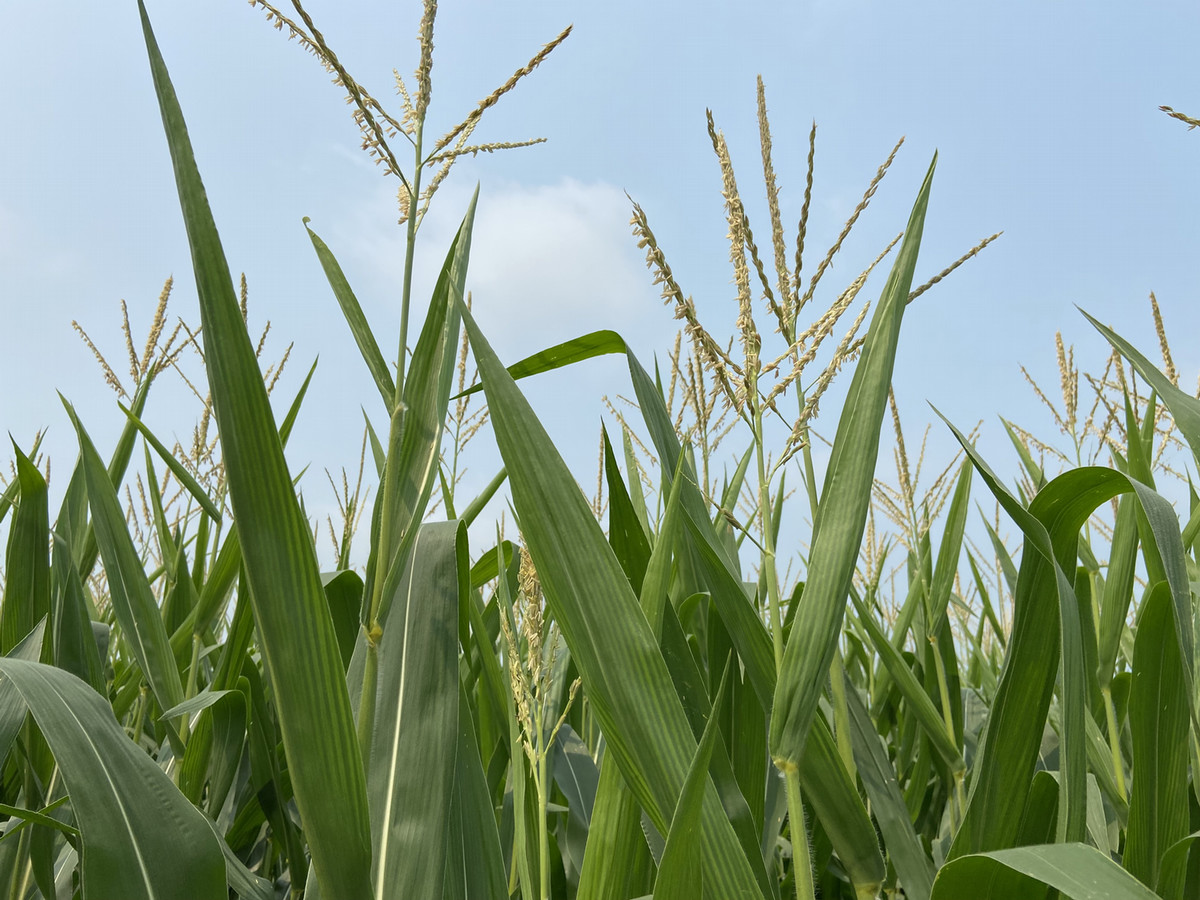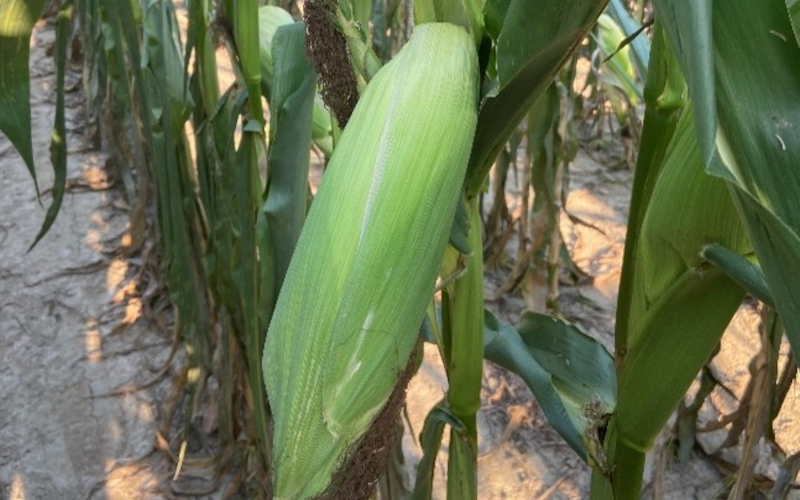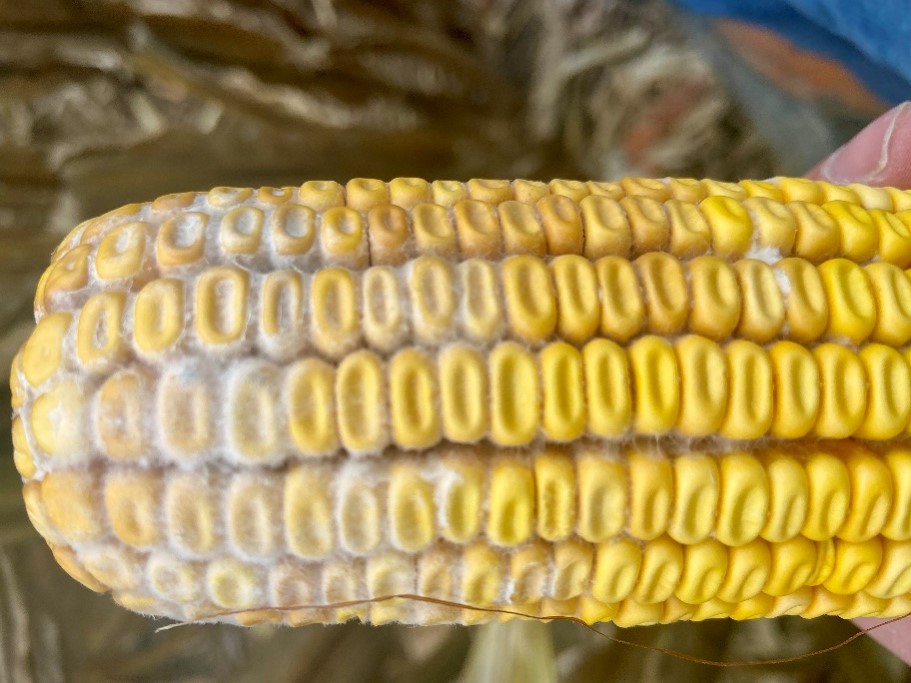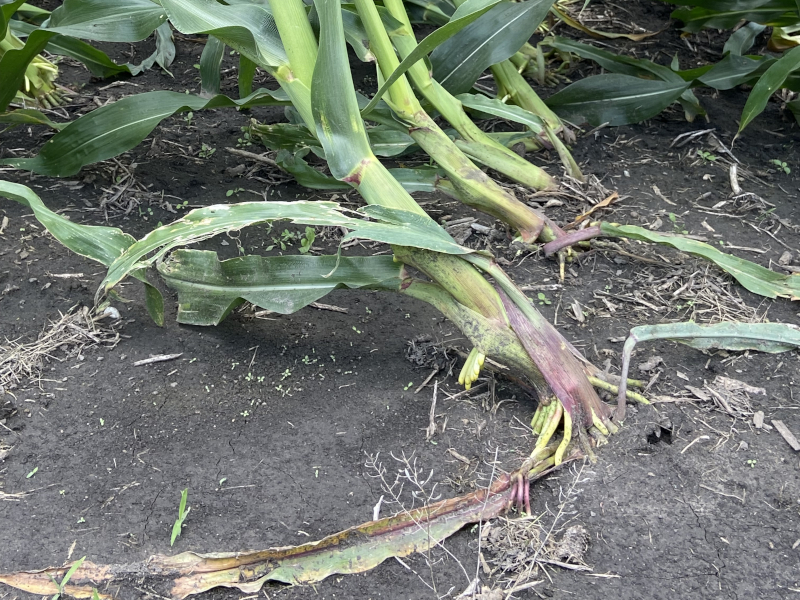Corn Plant Populations and the Potential for Reducing Seed Costs
Seed represents one of the largest variable input costs for Indiana corn growers—second only to fertilizer. As such, selecting the correct seeding rate is not only essential for maximizing yield but also for maximizing economic return. This decision hinges on several factors: seed cost, expected grain prices, and, just as importantly, how corn yield responds to final plant population in the field.
A common assumption persists that increasing corn seeding rates and plant populations is necessary to drive higher yields. However, research suggests this is not always the case. Purdue University’s current corn plant population recommendations, based on nearly 100 field-scale experiments across Indiana, offer a robust dataset that helps guide optimal plant population decisions for both yield and economic return (Corny News - Optimum Plant Populations for Corn in Indiana). One key insight from this research is that corn yields remained within one bushel of each other across a wide range of final plant populations—specifically, from 28,000 to 35,000 plants per acre. Recent trials in Indiana further support this, showing minimal to no yield differences among final plant populations below 30,000 plants/acre and those above 40,000 plants/acre, even when evaluating different hybrid types grown within the same environment and the same management treatments (Figure 1).
These results are due in large part to the increased “plasticity” of modern corn hybrids—the ability to adapt and perform across a broader range of environmental and management conditions. Compared to hybrids from 20–30 years ago, today’s hybrids not only have a higher agronomic optimum plant population (i.e., the plant population needed to achieve maximum yield), but they also can achieve maximum yield across a wider range of plant populations. This result is also reflected in state-level trends. For example, since 1956, Indiana’s average corn yields have continued to increase linearly at a rate of about 2 bushels per acre per year, with no sign of slowing. Yet, the average corn harvest plant population hasn’t followed the same trajectory (Figure 2). Between 1982 and 2012, plant populations rose by about 300 plants/acre/year. However, from 2013 to 2024, that increase has plateaued, despite continued gains in yield.
The takeaway? Modern hybrids can achieve high yields at lower seeding rates and lower plant populations in a similar way that they can also achieve high yields at higher seeding rates and higher plant populations. With seed prices on the rise and grain markets remaining volatile, re-evaluation of corn seeding strategies may be important. Therefore, reviewing current university recommendations or conducting on-farm trials with multiple seeding rates can be useful tools to help identify the sweet spot—not just for yield, but for also for profitability.

Figure 1. Relationship of corn yield response to final plant populations. Data was collected from multiple research trials in West Lafayette, IN and Butlerville, IN in 2023 and 2024. Research trials encompassed 4 different hybrids planted at different seeding rates (32,000 – 44,000 seeds/ac) within the same environment.

Figure 2. Indiana state average corn harvest plant populations from 1982 – 2024. Data was compiled from the USDA national agricultural statistics service.
Dan Quinn, PhD
Assistant Professor of Agronomy
Extension Corn Specialist
Purdue University
djquinn@purdue.edu






